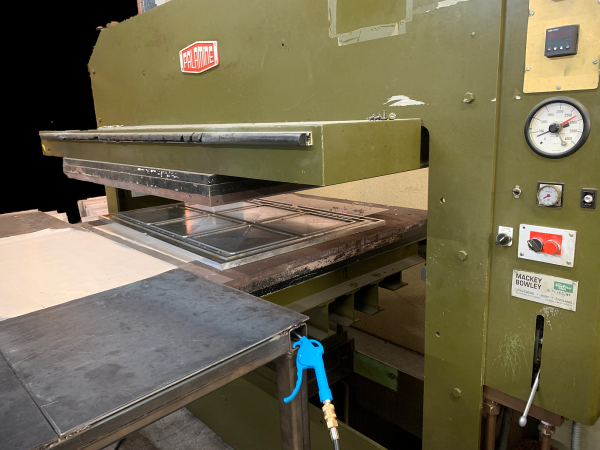Compression Moulding – What is it and How Does it Work?

Table of Contents
Moulding – In General
A manufacturing method uses moulds that are essentially containers that are used by the manufacturer to shape the material. There will be a formation stage.
A form can then be transmitted from mould to material using either flow or deformation or both. These are a series of forces that involve purely gravitational or high pressure. Compression moulding is the first technique used in synthetic mouldings.
Moulding remains an economical method of creating various thermosetting products. It is possible to make thermoplastic materials economically using injection moulding.
What is compression moulding?
It is a manufacturing process used to create products such as composite materials, and medical devices and is often used in the production of rubbers.
Why do we use compression moulding?
- It is a fast and efficient way to create products
- It is often used for the production of rubbers
- Products made through moulding are strong and durable
How does the compression moulding process work?
Click here for a more detailed guide on how to make rubber mouldings.
Moulding rubber involves heating a raw material (usually a thermoset plastic or rubber) until it becomes soft and pliable and then placing it into a mould.
The mould is then closed, and the material is allowed to cool and harden into the desired from a variety of materials.
What are the different types of compression moulding?
There are two main types of compression moulding:
Cold moulding: The material is cooled before it is placed into the mould. This prevents the material from shrinking during the cooling process and results in a more accurate final product.
Hot moulding: The material is heated before it is placed into the mould. This allows the material to flow more easily into the mould and results in a smoother final product.
Suitable Materials Used
- Polypropylene
- Polyethene
- ABS
- Polycarbonate
- PVC- Nylon
- Phenolic
Advantages of compression moulding
- Can be used to create products from a variety of materials
- The process is relatively simple and does not require specialised equipment
- This process is versatile and can be used to create products of various sizes and shapes
Disadvantages of compression moulding
- The process is slower than some other methods such as injection moulding
- Compression moulded products can have imperfections such as pores or voids
- It is not suitable for all types of materials
How to choose the right rubber moulding company
When choosing a suitable company, it is important to consider the following factors:
- The company’s experience
- The company’s ability to meet your specific needs
- The company’s reputation
- The company’s capabilities
If you are interested in our rubber moulding products, get in touch with our team. We would be happy to discuss your specific needs and requirements.
Related articles
If you need any help or advice simply give us a call or fill in the enquiry form and one of our technical team will help you out.
